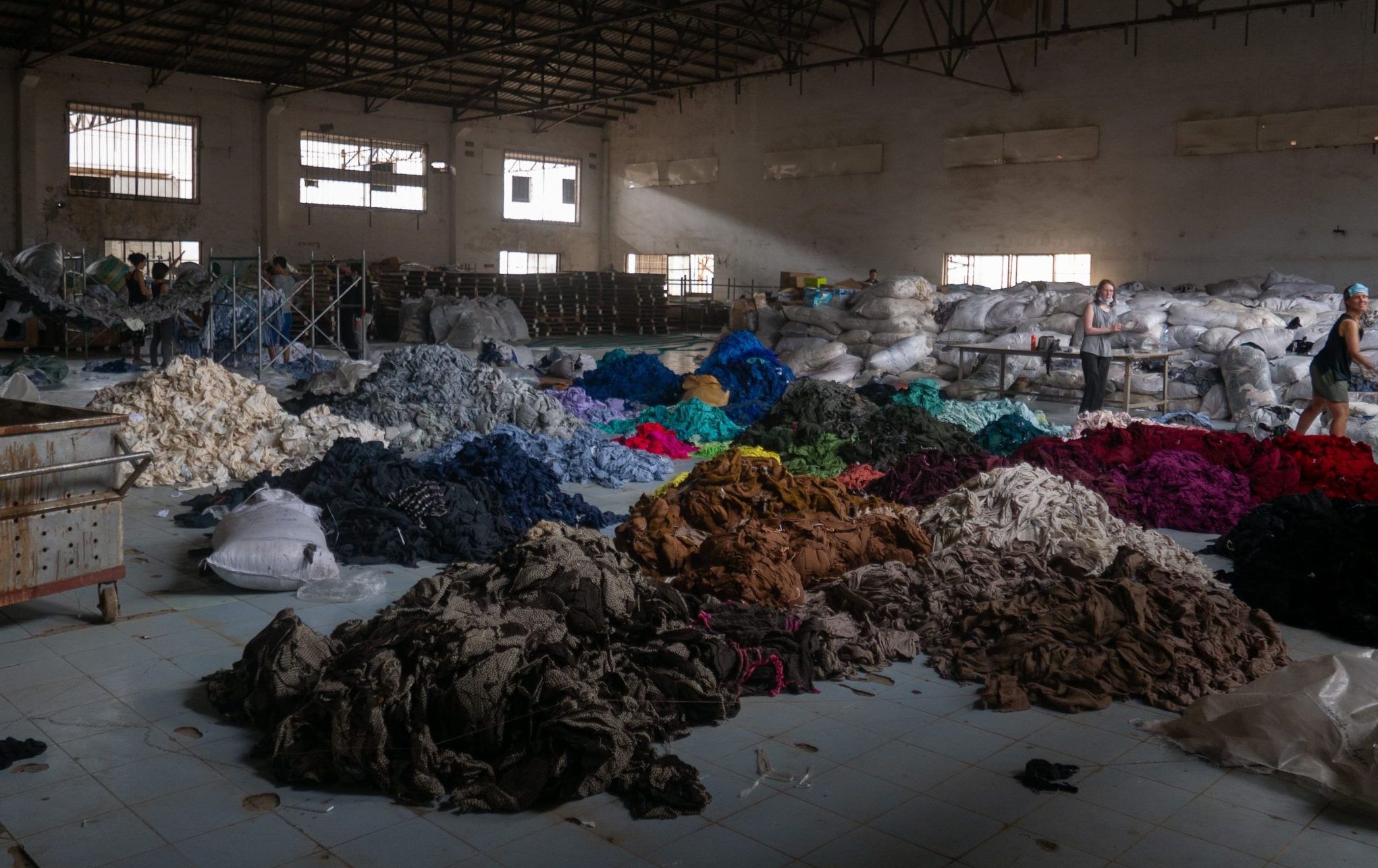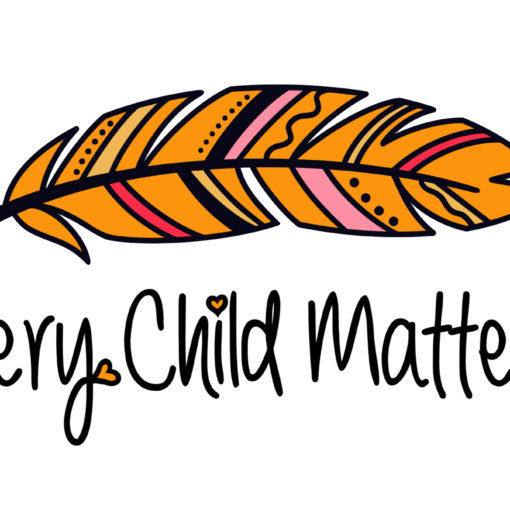Imagine a system where you destroy leftover goods instead of distributing them to those in need. Now, open your eyes and look around you; look at all your favourite stores, and probably the shoes on your feet right now. The majority of these companies contribute to wasteful and neglectful practices.
In August 2020, the Canadian Alliance to End Homelessness (CAEH) conducted a survey suggesting that 5 percent of Canadians have been homeless themselves, while another 31 percent know someone who has been homeless. Moreover, one in seven Canadians say they live in a place that does not meet their needs but cannot afford to move elsewhere. Additionally, one in six Canadians cannot afford to buy new clothes and good-quality groceries.
Canadians across the country are experiencing deprivation due to lack of funds, and while this is an entirely different social issue on its own, we cannot be destroying perfectly good quality clothing that would tremendously help those who are struggling financially. However, the problem continues, usually hidden by corporations and avoided by people who are unwilling to address the problem.
Unfortunately, burning or cutting unsold clothing is fashion’s best kept secret, and although luxury brands like British Burberry admitted to destroying $36.8 million worth of its own merchandise, many other brands participate. Even Canadian favourites, like Winners and Marshalls, refused to comment in an interview with Global News when asked if the company destroys their products before throwing them away. Louis Vuitton and Nike are also major contributors to the issue, and H&M burned 60 tons worth of new and unsold clothes between 2013 and 2018. Also, whistleblowers have addressed that these practices also take place at Urban Outfitters, Walmart, Eddie Bauer, Michael Kors and Victoria Secret.
In the same article from Global News, a former employee of Carter’s Inc. was interviewed about her horrifying discoveries as a retail manager in the clothing industry. Patricia said, “You have to make sure and it’s part of the policy to ensure the product cannot be used if someone were to find it in the garbage.”
If someone is looking in the garbage, they could probably benefit from clothing, and the cruelest part of this policy is that, in theory, if a person finds needed clothing in the garbage or in the streets, it is damaged beyond the point of use. The policies do not just apply to specific clothing items, they apply to all merchandise … including shoes and winter coats.
The World Resources Institute says that it takes 2,700 liters of water to make one cotton shirt. 2,700 liters of water is approximately how much water one person will drink in the span of two and a half years. On the other hand, while polyester clothing uses less water, the HuffPost says polyester production released 1.5 trillion pounds of greenhouse gases in 2015.
If withholding new clothing from those in need isn’t enough, the fashion industry is one of the world’s worst polluters, so all this pollution is for nothing if a significant amount of the products being made are just being shredded, burned or ripped beyond repair.
Furthermore, forcing employees, most of them making minimum wage, to cut up and throw away perfectly good clothes, shoes and coats is cruel, especially when you consider the dismal statistics indicating that one in six Canadians struggle to afford new clothes and good-quality groceries.
While many companies in the last year or two have begun to develop more environmentally friendly ways of making their clothing and recycling their fabrics, the fashion industry was still one of the top contributors to pollution in 2020 and continues to be in 2021. While there are some companies who have changed their policy and stopped destroying unsold items, it was an action only sparked by customers boycotting and the threat of bankruptcy. Also, many companies have hidden these practices from the public for decades, so don’t be so quick to applaud businesses like H&M for advertising their updated policies.
Note: This article is part of our Winter 2021 Print Edition that focuses on both issues and the good in the current state of the world. Look across campus for a paper copy of this edition!





